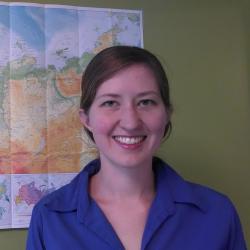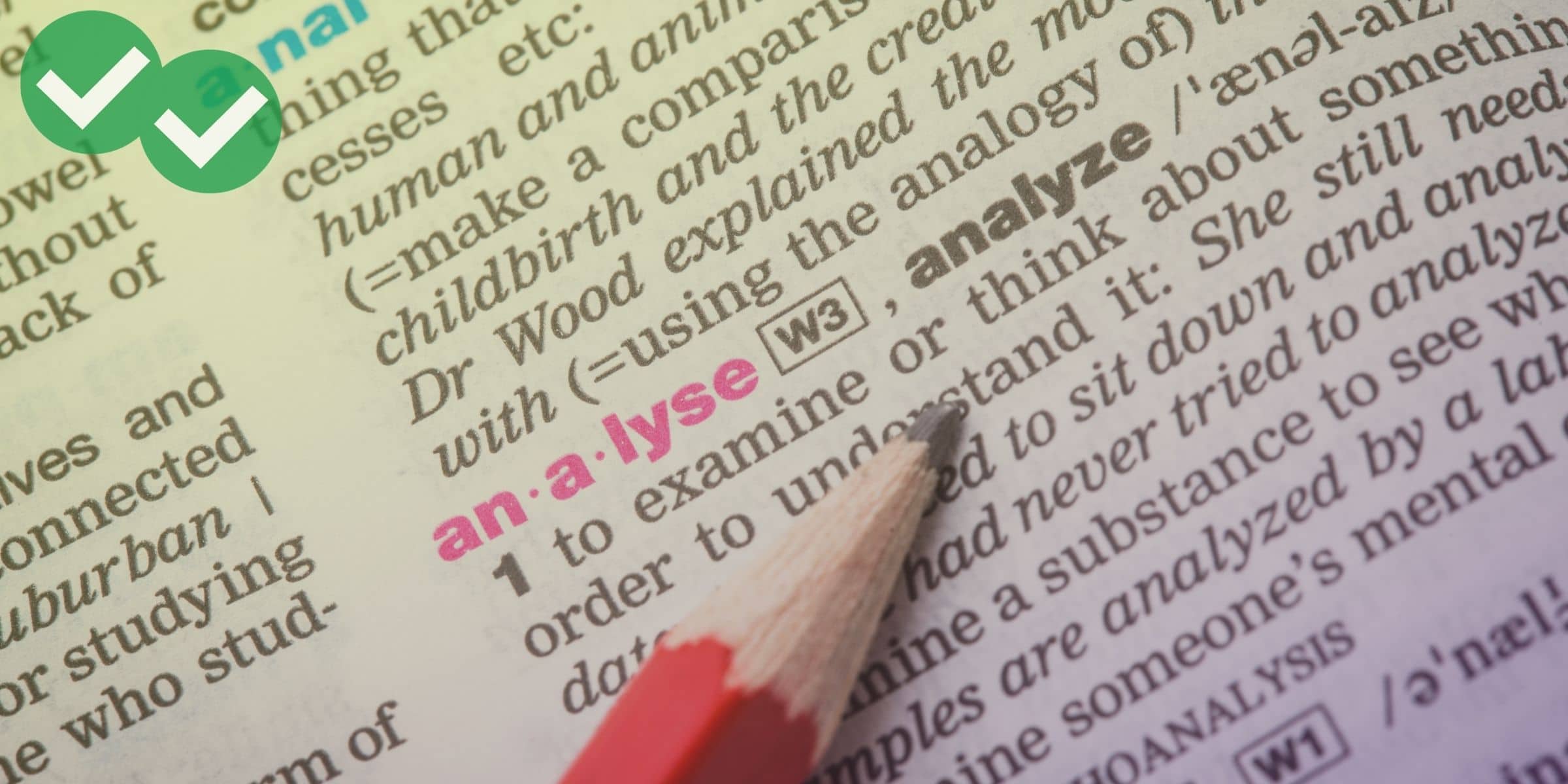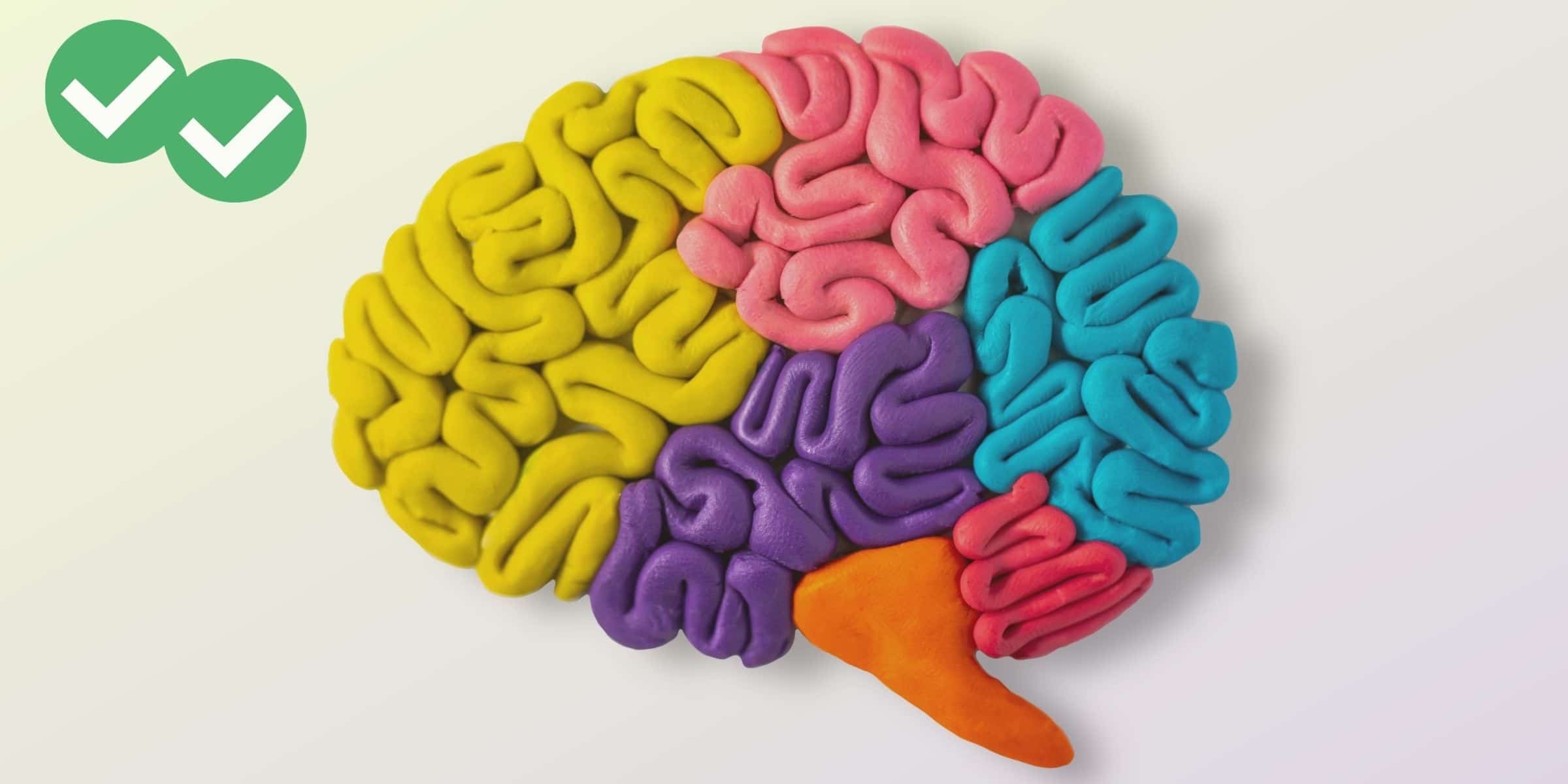The material on the TOEFL covers a huge range of subjects. It would be difficult even for a native speaker to learn every word that may be in the lectures and reading samples. In this post, I’ll give you some tips on how to learn and use appropriate academic language on the test, and how to avoid getting stuck on an unfamiliar word.
(Also check out Conversational Vocabulary on the TOEFL for a comparison of these two vocab types!)
Reading
Because the TOEFL can draw from such diverse fields as physics, art history, and marketing, it’s important to practice with as many kinds of academic reading as you possibly can. Often you can find old college textbooks for cheap or free at secondhand shops, libraries, and at universities at the end of the semester. Especially if you can get them from your library, try to check out a different textbook or two every week, read a few chapters, and then return it. You don’t need to finish the book—after all, you don’t need to know about the feeding habits of North American deer—you just need to know how books like that are written.
As you read, alternate between vocabulary reading and context reading. In vocabulary reading, your goal is to collect new useful words to learn. Make a list of new words (avoid bolded words and technical terms, as these won’t be tested on the TOEFL), look them up in a dictionary, find example sentences online, and add these words to your study vocabulary. Context reading is exactly the opposite: your focus should be to figure out the meaning of new words from context, without looking the words up. Try this: read a whole passage (a page or so) from the book, marking unfamiliar words as you go. When you’ve finished, go back and try to create a definition for all of the unfamiliar words based on the information around them. Then check your definitions by looking up all the new words in a dictionary. Read the passage again. How well did you do at using context clues? Did the meaning of the passage change significantly once you knew the true definitions of the new words? With practice, this method will help you figure out meanings of words, which will help you to answer questions you aren’t sure about and to be more sure of the correct answer on questions you do know.
Writing
The writing section of the TOEFL isn’t very formal. Of course, you shouldn’t use it as an opportunity to try all the cool phrases you’ve learned from your friends or from American TV shows, but you don’t need to write like the authors of the reading samples, either (thank goodness!). In the writing section, it’s much more important to be precise than to be academic. So rather than using the “smartest” words you know, try to use the words that best fit what you’re trying to say. A good exercise is to take headwords, or basic words that have lots of synonyms, and then think of as many synonyms for that word as you can. Try to write down at least a few phrases and a few words for your list. Many of the words you write will not be perfect synonyms, so read over your list and notice the small differences between all of these supposed synonyms. Then you can try substituting these words in your writing to vary your vocabulary and get used to choosing the best word for a particular situation. Here’s an example of what I mean:
Headword: say
respond– Subject is reacting to another action or statement
assert– Subject is very sure that s/he is right
argue– Subject is responding to a statement with which s/he doesn’t agree
point out– Subject is probably adding information in order to change someone’s belief
suggest– Subject is not 100% sure
Now, when I’m writing, I will use these words to replace “say.” This doesn’t mean that “say” isn’t allowed; it just means that I will use more precise words when they make sense.






Leave a Reply